Here's how travel teaches you things the classroom doesn't
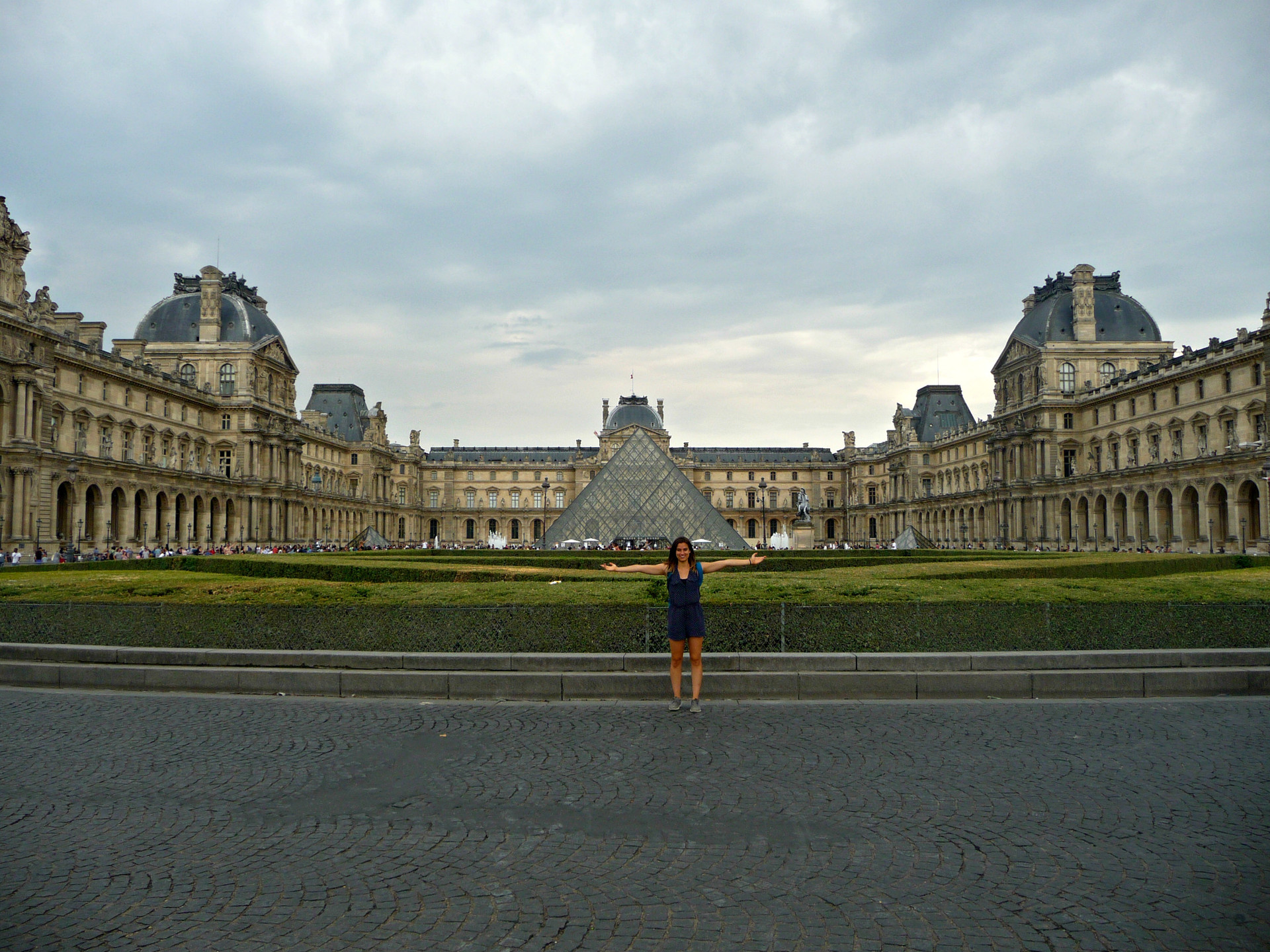
The decision to study abroad, while a once in a lifetime opportunity, can be difficult and often risky as you are taking an extended leave of absence from your degree program. This may mean missing out on making connections with professionals in your field of study and potential internships, all of which are necessary to ensuring you get a good job after graduating. Not to mention the hit your bank account is going to take, potentially prolonging future studies.
I sometimes feel guilty while exploring castles, taking naps at the foot of iconic monuments and swimming through periwinkle blue waters, as I can’t help but wonder if I am falling behind, especially when I check Facebook and see many of my peers graduating.
However, travelling across the continent to the various birth places of ground breaking ideas in science, politics, philosophy and literature has brought theories from textbooks to life. In witnessing the dedication these historical heroes had to keep reinventing until their newfangled machine worked, to continue painting the final brush strokes on a new art form and to challenge established norms has influenced my future career path in ways my home city never could.
This post represents a snapshot of lessons I learned from renowned figures of the past that I encountered throughout the course of my exchange in Europe. In tracing their lives, I became educated in how to make ideas heard, ways to innovate towards a better way of doing things and to question so called truths.
If you wish to grab some European inspiration of your own, take note of the tips I have included so that you too can follow in the footsteps (quite literally) of these men and women in the places where their lives have been preserved for future generations to appreciate.
#1. Break down barriers
Lesson learned from:
Simon de Beauvoir
- Author
- 1908-1986
- Paris, France
During my trip to Paris, I decided to pay a visit to Rue Jacob, a street that once housed many of the 1920’s most influential writers, artists, and American expats.
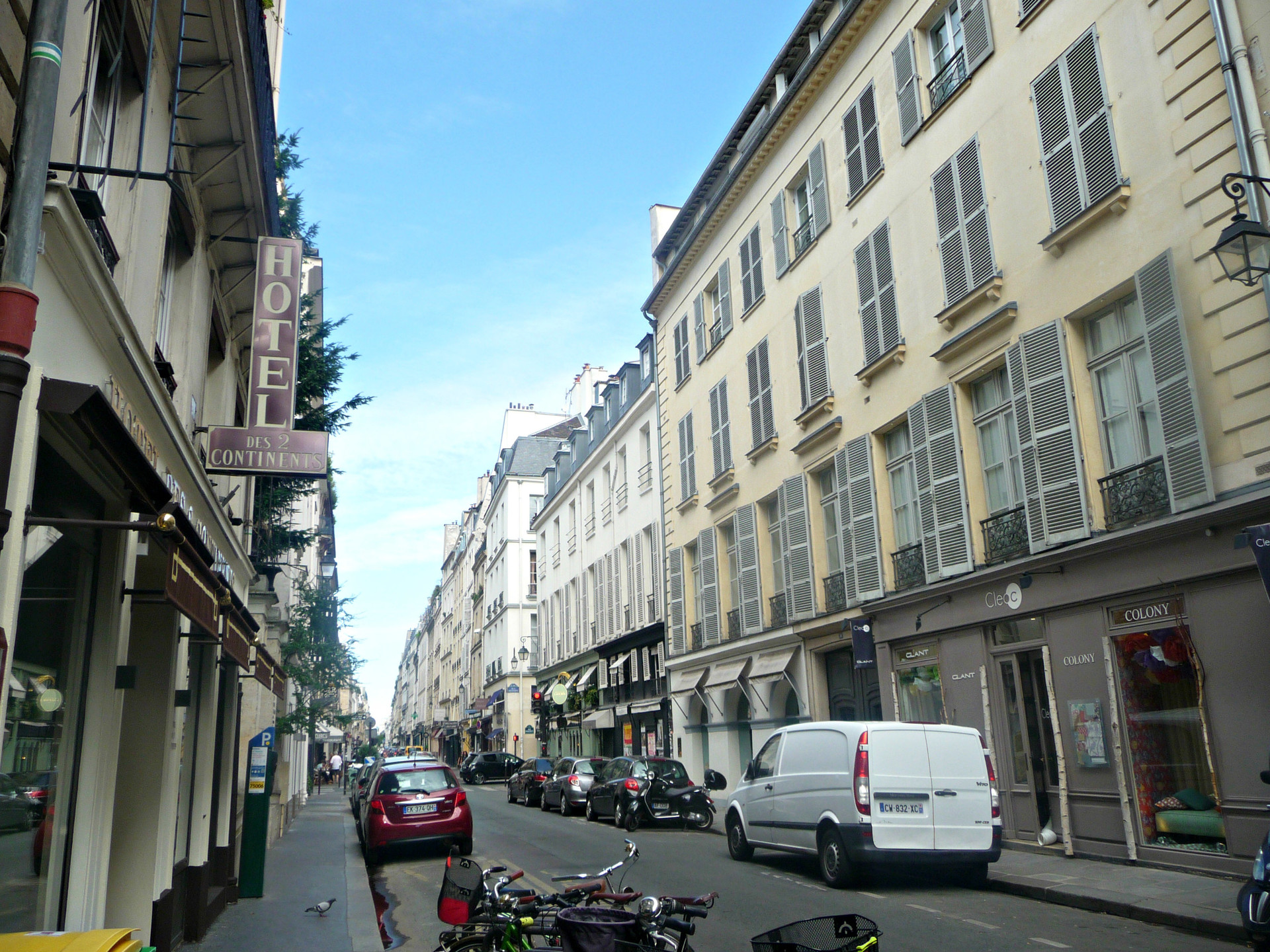
Finding this street took a bit of extra effort, as it is tucked somewhere behind the lively and bustling Saint-Germain street. With each footstep, I felt as though I was leaving the current decade behind as antique shops, containing texts dating back to 1825, replaced typical touristy cafes and bakeries.
Upon looking up and seeing the blue street sign marking the Rue de Jacob, chills went through my body. I was standing right below a series of terraces and windows that once provided a view into meetings between artists and authors gathered to express, debate and critique one another’s ideas.

In looking at my options of antique stores stuffed with fringe lamps, centuries old books and gold plated microscopes, I decided to enter Des Femmes. This particular shop, colored in green and white, was filled with neatly displayed paperbacks consisting of some of the world’s greatest feminist works.
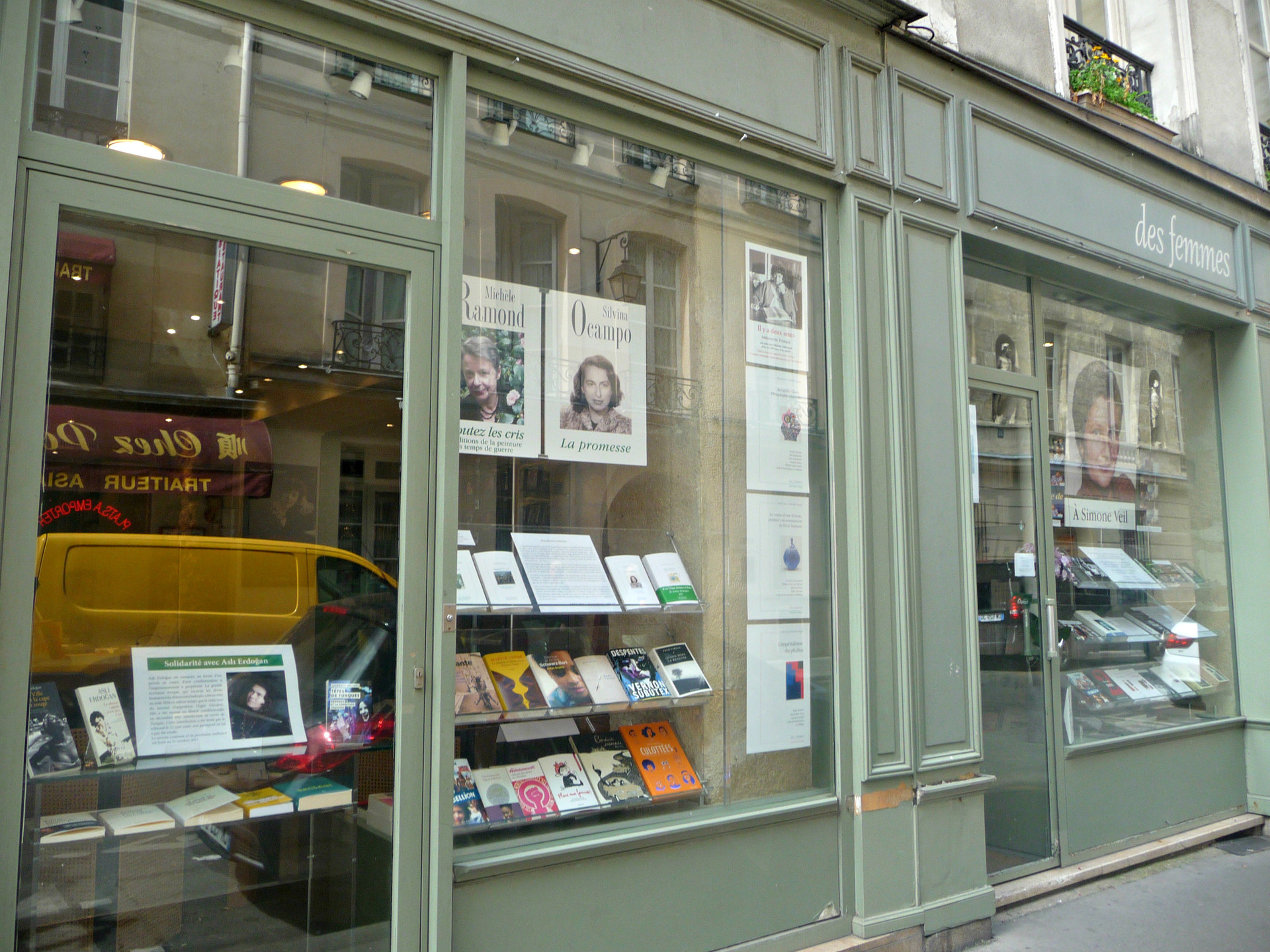
Upon entering, I began speaking with the girl working at the front desk, asking her for advice on authors that I should read, secretly hoping her recommendations would help me harness some of the creative power so many had captured inside the walls of apartments and cafes located on these very streets.
Her first suggestion was Simone de Beauvoir, a well known advocate for the advancement of women and one of the first females to receive a degree from the prestigious Sorbonne. The girl minding the shop, sensing my interest in finding out more, directed me to Café de Flore, a café Beauvoir once frequented, writing down ideas and brainstorming her next pieces while nursing a coffee and croissant. Sporting a giant red awning on a corner street, it draws tourists to sit at outdoor tables, while locals prefer an inside view.
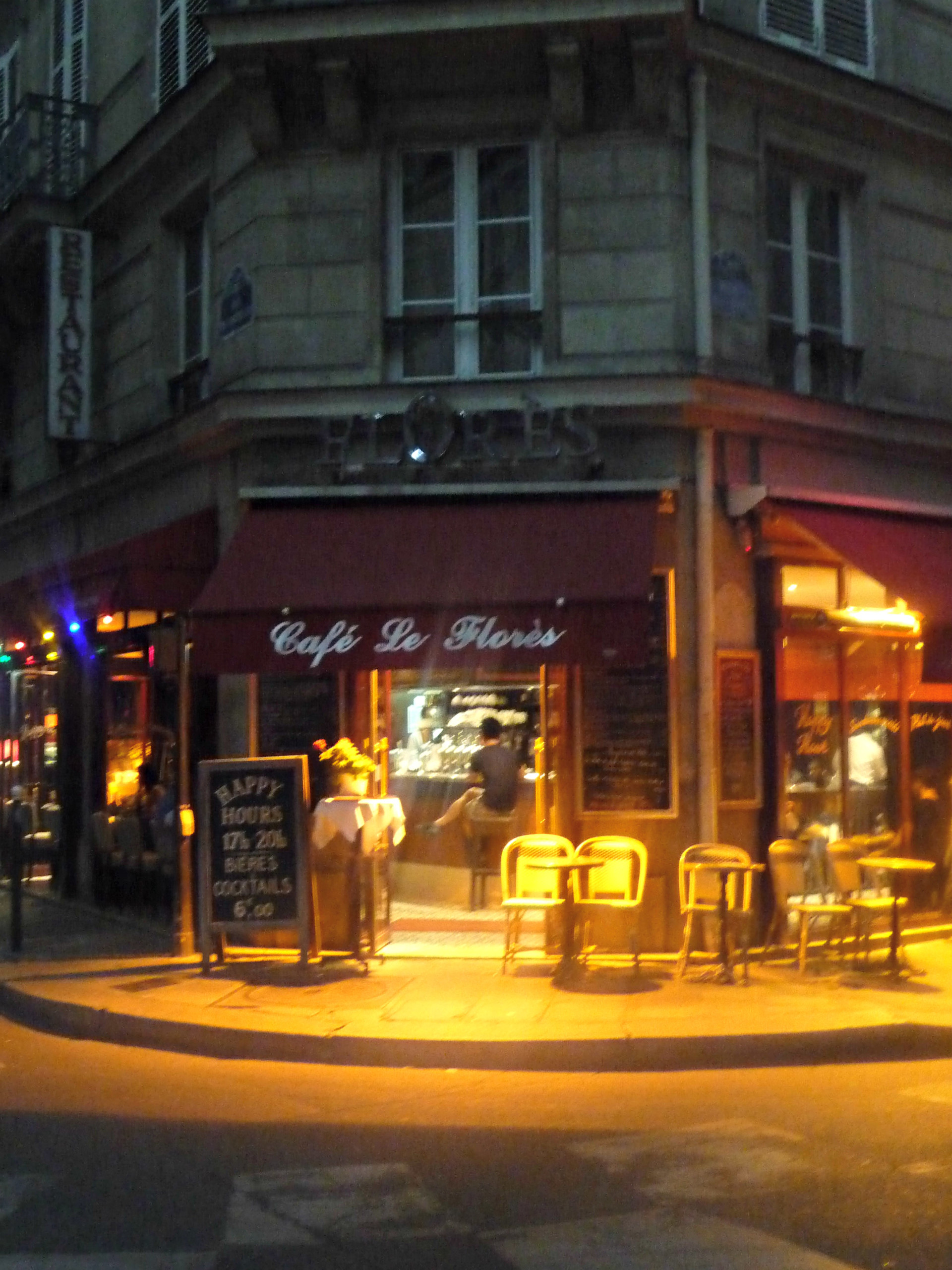
After visiting Beauvoir’s favourite hangout, and feeling inspired to check out her writings, I took the girl’s second piece of advice and headed over to Shakespeare and Company, as English translations of her work would make for an easier read.

While no longer in the original building, Shakespeare and Company is one of Paris’s oldest book shops dating back to World War 1. Its current location, in the Latin Quarter, maintains a historic atmosphere as bookshelves jut out into small open spaces making for narrow passageways between different genres. Thousands of titles, some popular, while others peculiar, are housed here. While searching for the titles of Beauvoir, I couldn’t help but feel as though I had entered some sort of secret room hidden behind a wood panelled wall in efforts to protect precious titles from the ravages of war.
The shop also contains little beds, in and among the bookshelves. A slightly more rustic version of the Google nap pod, these beds are there for those who find themselves riding a wave of inspiration that takes them deep into the night. As if this place isn’t eccentric enough, there is even a cat who lives here, so don’t be alarmed if you feel something furry brush past your leg.
Such an experience was particularly enlightening as I entered a small slice of the life of someone unafraid to reshape well established boundaries. In picking up one of Beauvoir’s texts, I hope to gain further insight into how she was able to make her ideas stick, so much so that a young girl could wander into a bookshop in 2017 to discover literature produced decades before her birth.
Following in their footsteps:
- To get to Rue Jacob, take public transit to stop Saint-Germain-des-Prés.
- Wander from the station with a willingness to get lost until you stumble upon Rue de Jacob. Check out the various shops that strike your fancy!
- After exploring Rue Jacob, take a break at Café De Flore, located nearby at 172 Boulevard Saint-Germain.
- To get to Shakespeare and Company, take the RER B to stop Saint-Michel, Notre Dame. It is located at 37 rue de la Bûcherie.
#2. Believe in your work
Lesson learned from:
Franz Kafka
- Author
- 1883-1924
- Prague, Czech Republic
My most recent trip to Prague in the Czech Republic also gave me the chance to grow my knowledge and perspective as I was introduced to the story of Franz Kafka, a legendary Czech writer on a guided city walking tour.
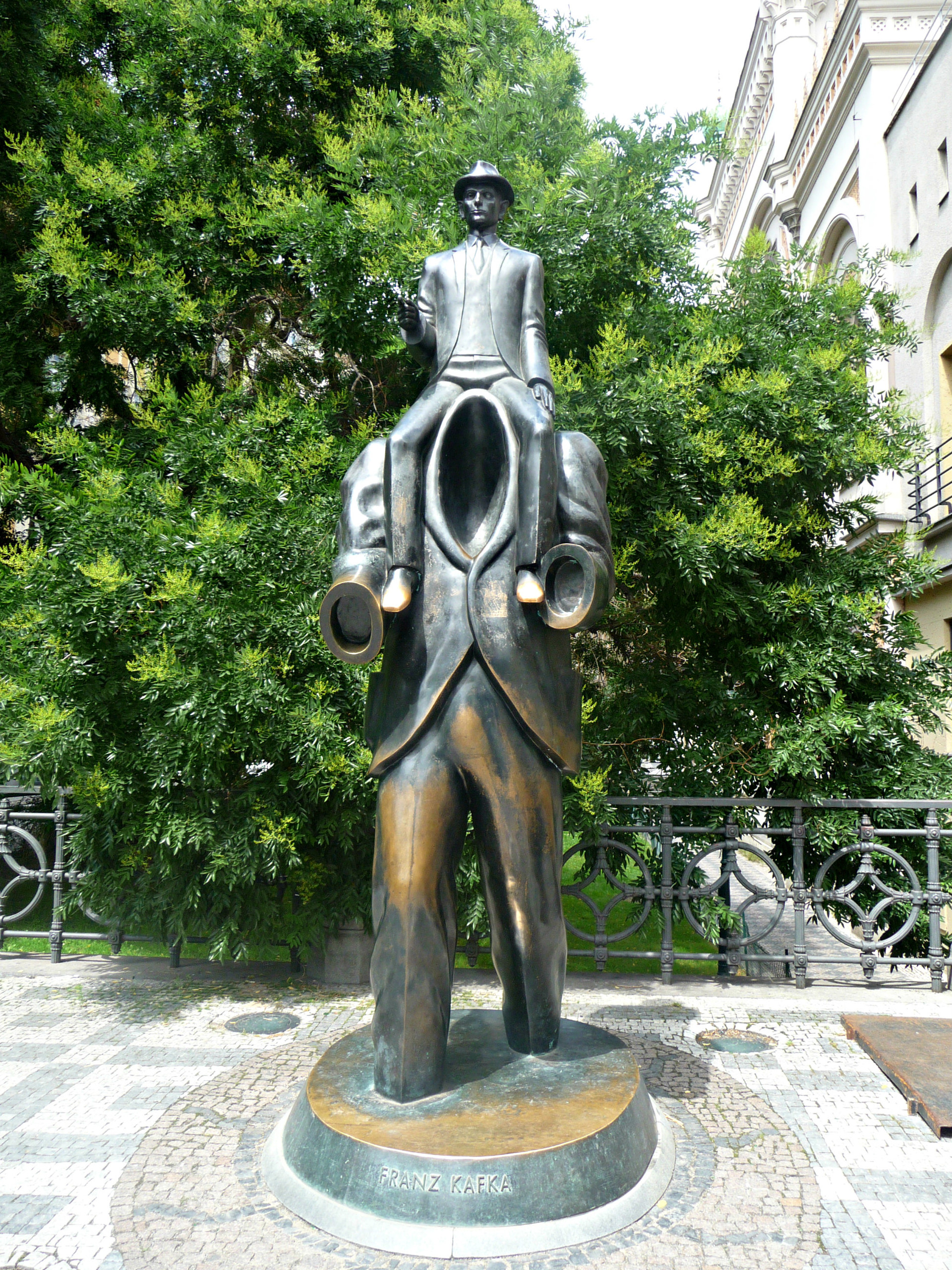
During the tour, our guide gave an animated account of the life of Kafka from the outside of his home as well as a statue inspired by his book The Description of a Struggle.
His lonely existence and ill health, combined with a lack of esteem for his writings, made Kafka a miserable man. So miserable in fact, that on his death bed, he told his best friend, Max Brod, to locate all of his writings and burn them, believing that any memory of him would be buried alongside his body. Brod, being a publisher, did the exact opposite, deciding to publish and distribute all the works he found. On the other hand, the former lover of Kafka obeyed his orders resulting in the loss of a number of his writings.
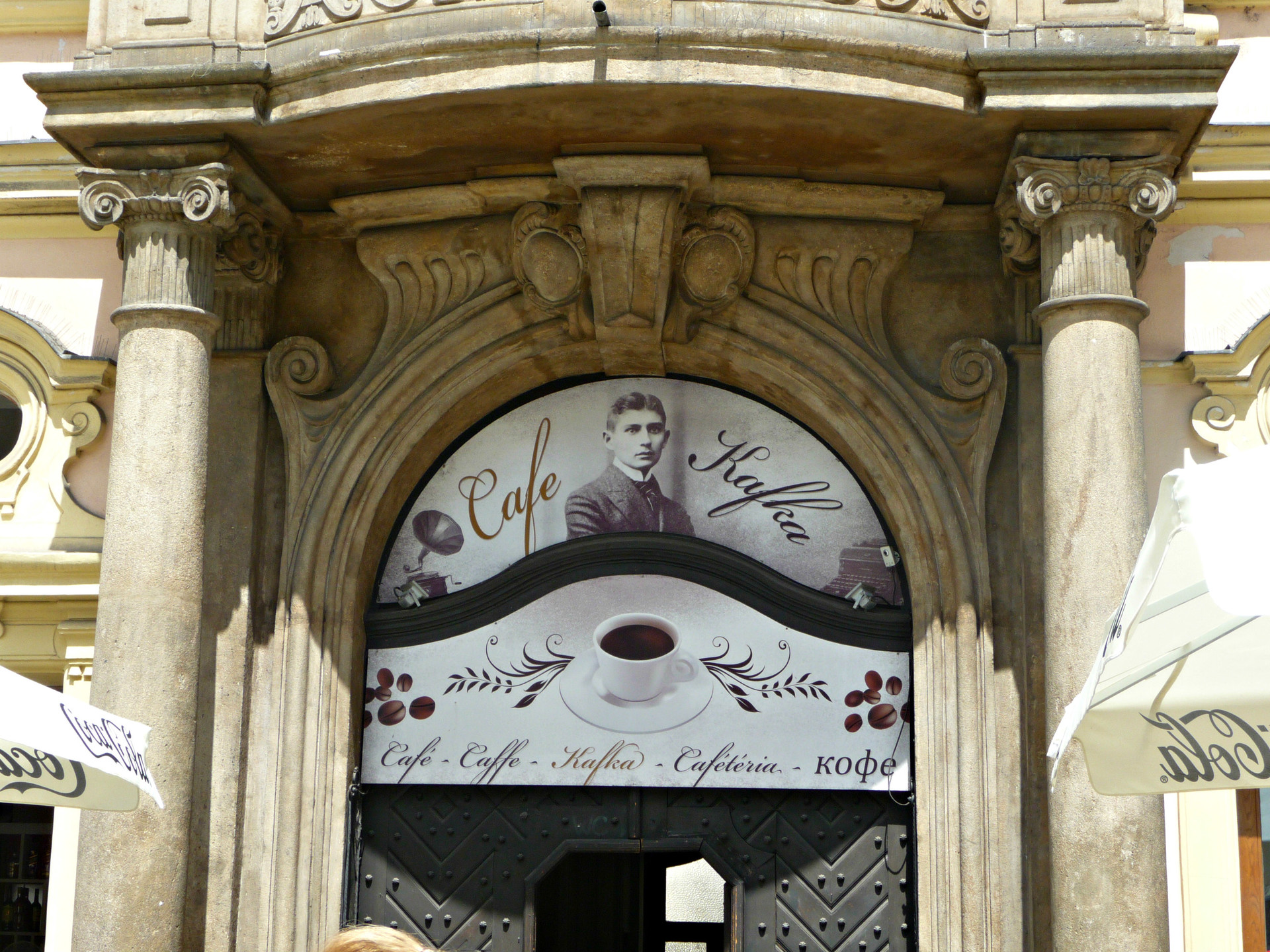
So our guide left us with another mystery that continues to hang over the city, as no one knows for sure just how much Kafka wrote and what other potentially intriguing ideas these texts may have held.
In listening to stories surrounding Kafka’s life, I was struck by his complete misjudgement over the quality of his work. I couldn’t help but wonder what his reaction would be like if he were to take a stroll down the streets of Prague today, only to find his name on display in bookstore windows as well as posters portraying his black silhouette in souvenir shops.
Kafka’s dying wish to have his countless writings destroyed would have meant a devastating loss of ideas that have served to influence and inspire future generations of writers. A global love for his novels serves as a good lesson in having the courage to put our ideas out in the open, as the response may shatter our expectations and quite possibly make the world a little bit better.
Following in their footsteps:
- The Royal Walk Free Tour offered by Discover Prague tours is a 2. 5 hour guided walk that runs every hour through the city’s Old Town, New Town and Jewish Quarter.
- Guides are both enthusiastic and helpful, giving an animated and humorous account of the history of the Golden city while also providing a captivating look into the life of Kafka.
- For more information on where they meet and other tours offered by this company, you can go to their website.
- If you do not wish to take part in the city walking tour, you can take yourself to the sits of Kafka; the statue inspired by his novel The Description of a Struggle located in the Jewish quarter and his former home, converted into the Café Franz Kafka.
- Any bookshop and many souvenir stores contain either his writings or posters for purchase.
#3: Never stop evolving
Lesson learned from:
Martin Behaim
- Sea farer and cloth merchant
- 1459-1507
- Nuremburg, Germany
As a student passionate about international affairs and global politics, I spent almost an hour staring at the Behaim globe, the world’s first globe that has been put on display in the Germanisches National museum in Nuremburg, Germany. I couldn’t help but feel inspired by the ability of Behaim to come up with a concept and design depicting map borders of all known continents with such rudimentary technology.
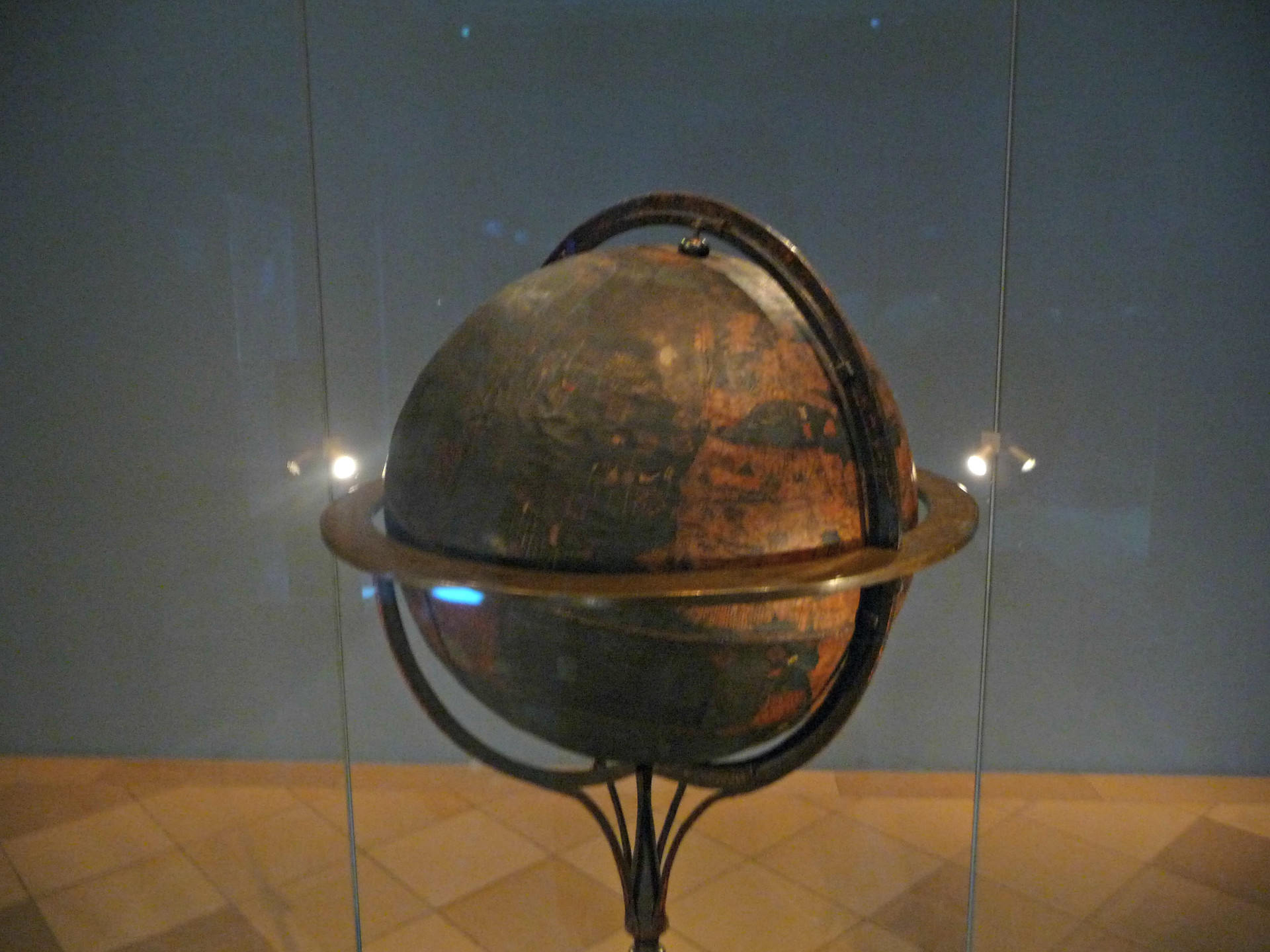
The globe is even more interesting when considering that it was produced around the same time Columbus set foot upon the America’s. As such, the time in which the globe was being developed represented an age of discovery through the eyes of European powers. As explorers continued to stumble upon lands unknown to them, the makers of the globe would continue to make corrections, redrawing each line with even greater precision than before.
My fascination with this geographic masterpiece was partly due to the fact that work in this area, during an age of constant discovery, meant that no map, border etc. was ever finished. As new land masses were brought to the attention of Europe, these men would go back, continuously revising and correcting their work. Despite the fact that Behaims globe is from another century old, it continues to make a statement on the importance of dedication to continuously evolve and innovate our work to reflect the change in times.
Following in their footsteps:
- Get the Nuremburg Card starting from 25 EUR at any tourism office, as it gives you access to all major attractions in the city including the Germanisches National museum where the Behaim globe is held.
- Without the Nuremburg Card, students get into the museum for 5 EUR.
The names listed here only scrape the surface of revolutionary figures I was introduced to by local experts and by looking through shiny glass cases in museums, and simply wandering the streets, observing their favourite hangout spots and homes. Their well-preserved stories and continued influence upon their home cities and beyond is both inspiring and valuable for all student travellers, as you will return home with a fresh perspective that may just help you discover the answer to the dreaded question; what are you going to do after graduation?
Photo gallery
Content available in other languages
Want to have your own Erasmus blog?
If you are experiencing living abroad, you're an avid traveller or want to promote the city where you live... create your own blog and share your adventures!
I want to create my Erasmus blog! →












Comments (0 comments)